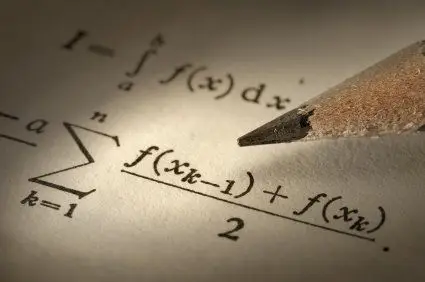I am going to echo some news that has appeared today in the main newspapers of Zaragoza. The news, available among other places, tells us that the University acknowledged yesterday that one of the exercises proposed in the mathematics exam for university entrance exceeded the level of high school students. Therefore, it has been decided to evaluate the exam based on the three (out of four) exercises in which the student has obtained the highest score.
Was this exercise really too difficult for a high school student? First, the exercise is briefly solved below for those who are interested.
The integral to be solved is the following:
The equation to be integrated can be broken down into simple fractions, resulting in the following expression:
As one can see, one of the roots of the equation is complex, so it is more convenient to leave it expressed as:
Finally, the integration is straightforward, and the solution to the exercise is:
As far as I have read, some people think that the resolution was simple, while others, on the contrary, think that it did indeed exceed the level of a high school student. In my opinion, the mistake is in evaluating the difficulty of the integral based on the knowledge of a higher education graduate.
We are not talking about whether it is easy for an engineer, a physicist, or a mathematician, but for a high school student. I personally believe that the integral proposed clearly exceeds the high school level. Proof of this is the withdrawal of the exercise by the university, because complex integrals were not included in the curriculum.
However, removing the exercise presents a series of problems:
- If the exercise is removed, the achievement of those who managed to solve it correctly despite its difficulty is not valued.
- If they consider the three out of four exercises in which the highest score is obtained, it represents a comparative advantage compared to previous years.
- It also does not take into account that some people may have spent a significant amount of time (and morale) on this exercise, only to eventually give up without finding a solution, affecting the performance of the rest of the exam.
In short, a huge blunder by the University of Zaragoza, for which the exam should be repeated, and responsibility should be demanded from the person or people who set the exercise.
